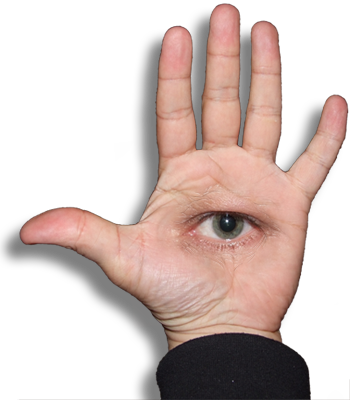 |
| The components |
 |
| All the bits together |
 |
| It looks kind of delicious, don't you think? |
The cabochons are glued to the hardboard with epoxy. I've used the 24-hour cure super-strength stuff, but mainly for its extended working time rather than for its mechanical properties.
The glass cabochons themselves aren't precisely sized, which would make getting a perfectly level surface difficult (or impossible) if I glued them directly to the hardboard disc. So, instead I laid them out flat-side-up on this silicone baking sheet, added a blob of epoxy to each one, and then laid the disc down on top of them. The unevenness of the cabochon thickness is taken up by the epoxy resin, so it no longer matters that they're all subtly different.
Conveniently, the sheet has these concentric rings printed on it, which made it a simple matter to keep everything centred.
It would be usable in its present state (once the glue has cured properly), but I intend to add a shallow wooden dome to it, both to make it easier to hold, and also to ensure that my hand pressure is being distributed evenly across the whole face of the baren. I'll also be able add a hand-strap, which means that I won't have to divert any energy to just holding on to the thing.
I'm getting really impatient to see how well it works. I must hold my enthusiasm in check until everything is properly dry.
A few days later....
 |
| Shellacked oak hand-pad |
 |
| Delicious-looking glass cabochons, looking like glacé cherries. |
I've finished it off now, with the addition of a fairly hefty shellacked oak hand-pad. The whole thing is about 100mm in diameter.
I've only given it one outing as yet, and a fairly perfunctory one at that, but it was sufficient to give me an idea as to how to improve it. These cabochons are 20mm in diameter, and I think it would work better with more and smaller beads. To that end, I've ordered some 8mm and 12mm cabochons, and when they arrive I'll make a couple more and see how they compare.
I'm feeling quite optimistic about it.
So, now I shall have to get on to cutting some blocks, and getting some decent light-weight paper to print on — the baren works OK with heavier paper, but it's definitely more hard work, and the printing isn't quite as crisp.





